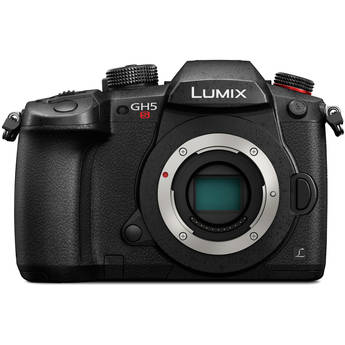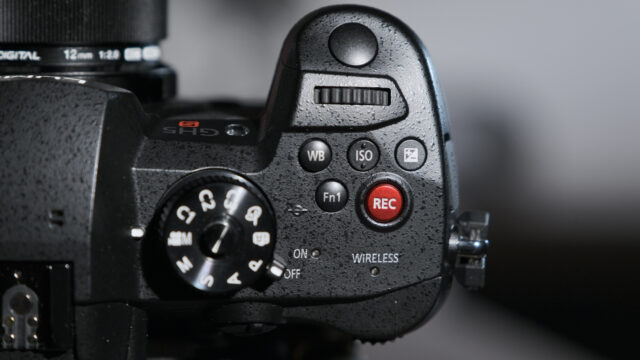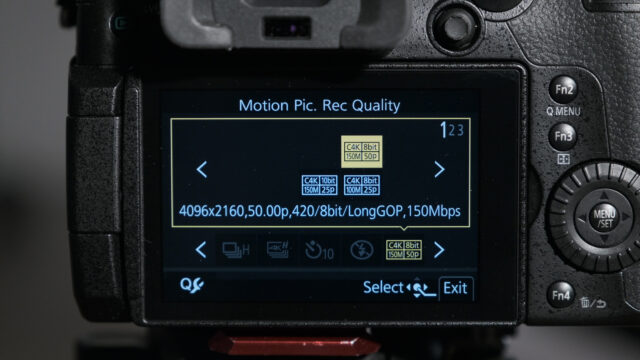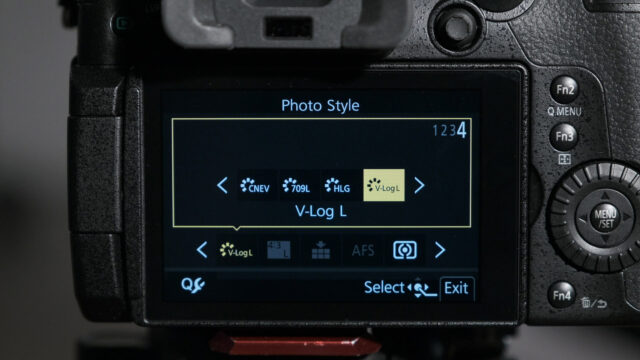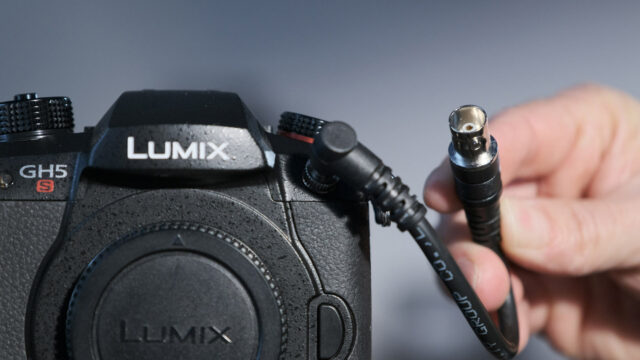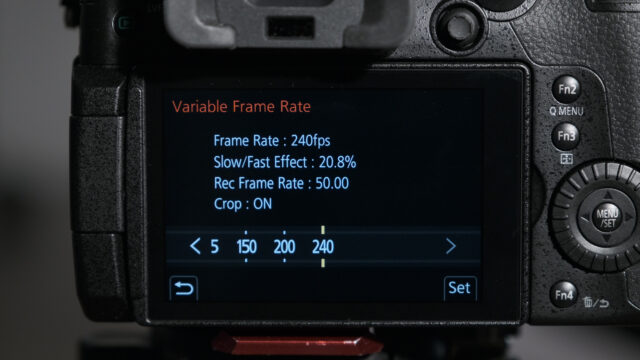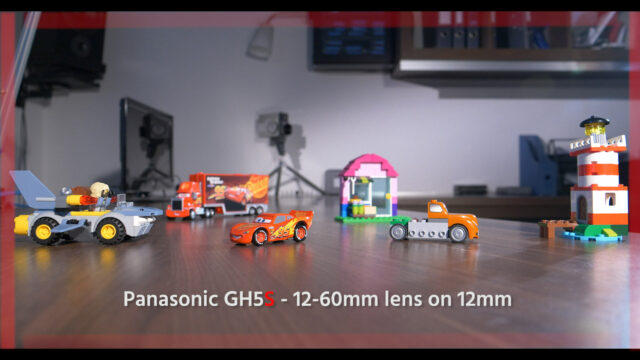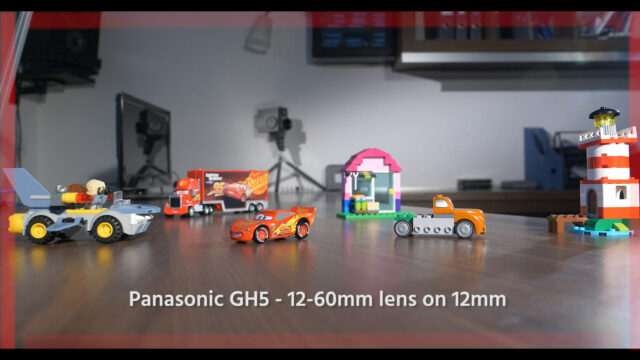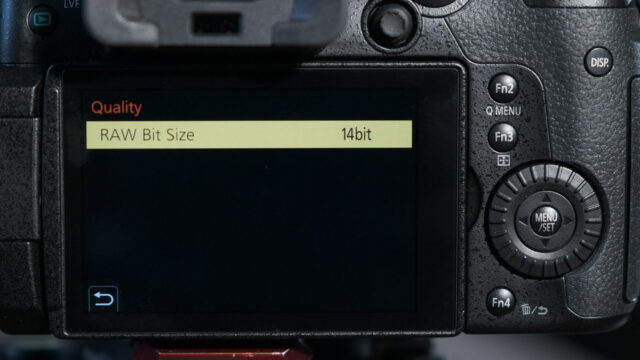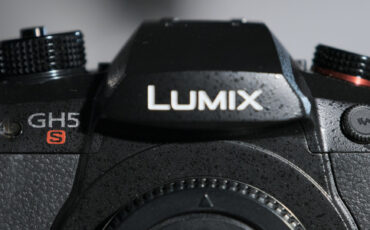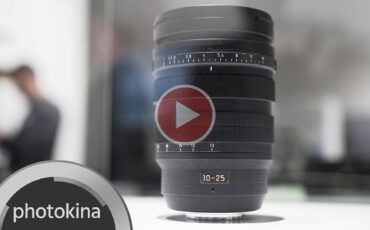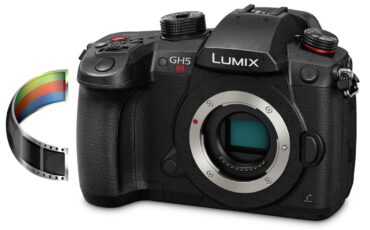Panasonic GH5S Video Hands-On – Highlights of the New Camera
The wait is over. Panasonic just announced their new flagship video-orientated mirrorless photo camera, the GH5S. Watch our GH5S Video Hands-on above! (And the Mini Documentary I’ve shot with that new camera) Promising to perform (much) better than its predecessor in low-light, the new camera was also designed to compete with Sony’s a7S series. Is it up to the task? In our opinion: YES!
Before we get started:
Stay tuned to our continuous coverage of the new Panasonic GH5S. A short review and original footage is coming up today too. Tomorrow, please look out for Nino’s lowlight test/review video and on top, our exclusive interview with Yamane-san – head of Panasonic imaging division – where we ask the questions that deserve answers. Only on cinema5D.com!
GH5S – Why another version of the GH5?
No doubt that the original GH5 is a good, versatile hybrid camera, but Panasonic decided to take a step forward and treat us – the video enthusiastic crowd – by introducing a wolf in a sheep’s clothing. The GH5S was actually designed from the ground up as a proper video camera housed in a GH5 body. The results are mostly impressive.
New and improved: New functions of GH5S compared to GH5:

New Sensor and much improved lowlight performance:
- The new 10.2 mega pixel sensor is capable of doing a great job in delivering absolutely usable video footage in high ISO values. Stay tuned for tomorrow’s review video, where my partner Nino will present his lowlight camera test – a side-by-side comparison between the GH5S and GH5 low-light performance.
- The downside of the lower-resolution sensor (apart from lower resolutions in photo mode, of course – the GH5 has over 20 megapixels for that): no more 6K anamorphic mode. There is now only a 4K anamorphic mode in the GH5S. This is something to consider if you plan on shooting a lot with anamorphic lenses.
Dual Native ISO:
- A valuable function borrowed from Panasonic’s professional line. The dual native ISO feature will surely be welcomed by users, as shooting in both ISO 400 or 2500 will bring the best possible low noise results. By the way, this function is achieved by providing two dedicated circuits to each pixel. As the sensitivity is set prior to the gain amplifier the high sensitivity noise is being reduced.
C4K 50p/60p:
- Broadcasters, smooth and fluid movement lovers, and modest slow-motion shooters, rejoice. The Panasonic GH5S adds new DCI 4K frame rates. Shooting in 25p, 30p, 50p and 60 frames per second is now possible.
V-Log Pre-Installed:
- On the GH5, one had to separately buy and install the V-Log flat picture profile function – this time with the GH5S, it’s included and pre-installed on the new camera. When bought separately on the GH5, this add-on cost $97. Now, as the GH5S is going to be $500 more expensive than the GH5, consider it “only” $400 more expensive, in case you were about to get that update on your GH5 anyway.
Timecode IN/OUT is now supported:
- Timecode in/out connectivity is now fully supported via the dedicated Flash sync terminal and bundled BNC conversion cable. This allows timecode synchronisation for shooting with multiple cameras. Once all cameras are synchronised, the resulting footage can be brought into the editing platform and the editing software will detect the timecode and sync it on the timeline automatically.
New added higher frame rates:
- Panasonic added a bunch of new frame rates in different resolutions to the already capable GH5. The highest figure now stands for 240 frames per second in Full HD mode. Mind you that the image is cropped and the results leave space for improvement.
Multi aspect ratio function for photo and video:
- Multi aspect ratio is back. (If I’m not mistaken, it could be found in the GH1 & GH2). In practice, it will allow for an image that is slightly less cropped and has a wider field of view, with the same lens installed compared to the GH5. Also, as the sensor is a multi-aspect type it has a sufficient margin for recording the same angle of view at the same focal length in C4K, 4K, Anamorphic and 4:3.
Autofocus:
- According to Panasonic, autofocus was also adjusted in favour of delivering better results in video mode. We are currently testing the different autofocus modes and have yet to determine if the performance was improved compared to the one found in the GH5. Stay tuned!
14bit RAW burst shooting:
- If your are into shooting time-lapse videos, the 14bit RAW burst mode might satisfy your needs. The new burst mode offers up to 11fps in AFS/MF settings.
Audio enhancements:
- On the audio front, a “LINE” input option was added to the menu, so external audio devices requiring this option can be now connected to the camera (via the 3.5mm mic jack).
Another improvement is the addition of a dedicated microphone to monitor and cancel the noise caused by mechanical movements inside the camera and lens. According to Panasonic, the result is a reduction of mechanical noise by -10dB, achieving clear, high-quality sound recording.
Panasonic EVA1 Camera Primer
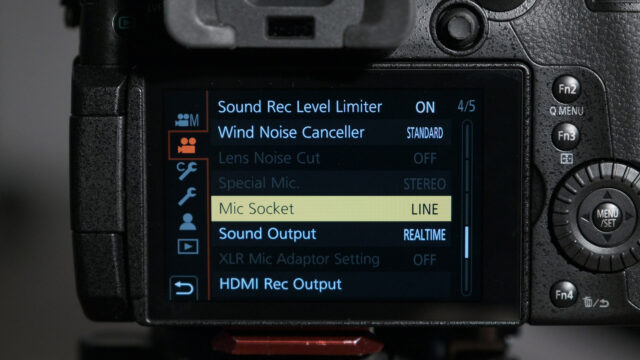
Removal of the internal in-body stabilisation system:
- On the downside, the camera body stabilisation system has been removed from the new GH5S. Panasonic hopes that by using stabilised lenses, tripods, or gimbals, one will stay satisfied with the results, but with all honesty, this is a true bummer. Especially if you are – like me – doing a lot of run-and-gun shooting.
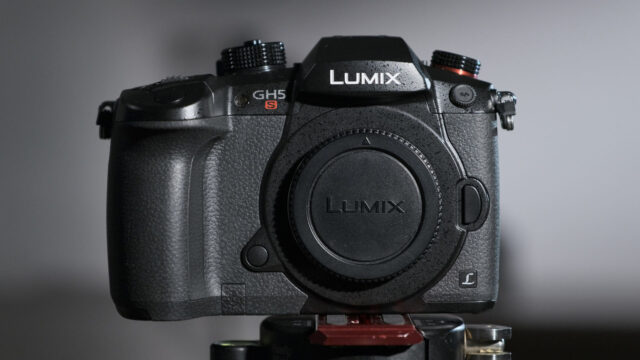
In summary:
When it comes to video shooting, in my opinion, the new Panasonic GH5S is a superior product compared to the original GH5. Hence, the price difference is justified. (Please refer to the above enhancement list).
As a documentary filmmaker the improved lowlight performance is a great benefit, as more often than not, I find myself in poorly lit and unpredictable situations. I can only wish that in the next model the body IS will be brought back. Together with future camera enhancements, this will allow Panasonic to present an even more valuable option for the independent filmmaker.
The Panasonic GH5S will be available from the end of January priced at €2,500/$2,499
Music for the above video is taken from https://artlist.io/ Theme: Lupita by Conor Spicer
I’m very curious to find out if current owners of the original GH5 are planning to update and replace their capable camera with the newer model. Please share with us your thoughts in the comment section below.
Find the full tech specs here:
- 10.2MP multi-aspect ratio sensor, Dual Native ISO
- Improved low light performance
- Improved AF in low-light conditions
- V-LOG pre-installed
- No recording time limit (not limited by 29:59 – same as GH5!)
- 400mbit/s ALL-I 10bit 4:2:2 4K codec
- Additional codec options to GH5
- Hybrid LOG Gamma for 4K HDR displays, and view assist
- Weather & dust proof
- Dual SD card slots – both of them are UHS-II (high speed)
